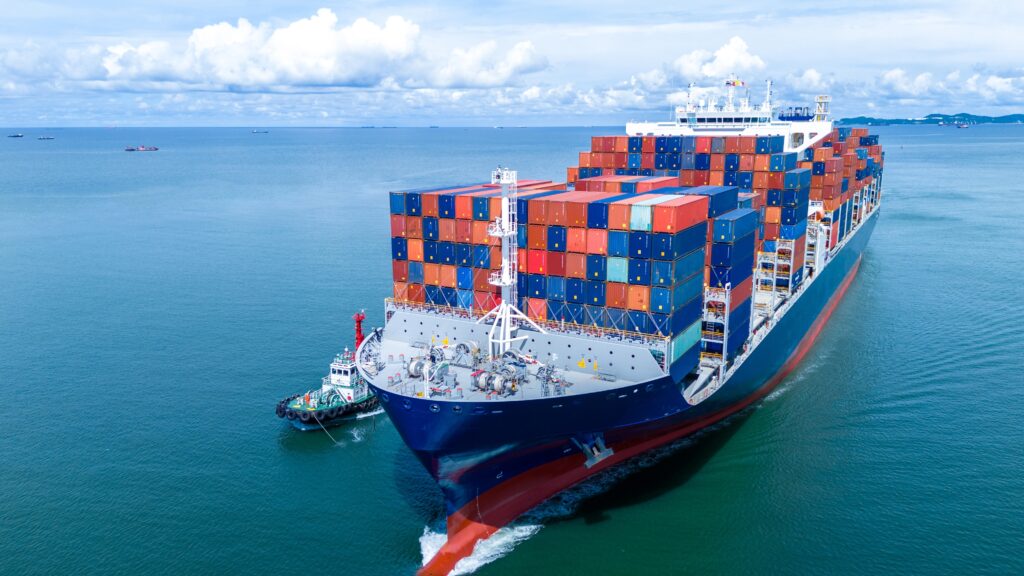The global economy is set for a turbulent 2025, shaped by inflation, interest rates, and new tariffs. The International Monetary Fund forecasts growth at a steady but unimpressive 3.2%. As Donald Trump prepares to return to the White House, his economic policies promise to have significant global repercussions.
Inflation and Interest Rate Pressures
American borrowers received a welcome gift before Christmas with the third consecutive interest rate cut. However, US Federal Reserve Chair Jerome Powell cautioned against expecting further reductions in 2025 as the fight against inflation continues.
“In this phase, we’ll be cautious about further cuts,” Powell noted. Despite slowing inflation, November saw rates rise in the US, eurozone, and UK to 2.7%, 2.2%, and 2.6% respectively. Central banks face challenges reaching the 2% target, particularly as economic growth remains limited.
Tariffs and Trade: A Source of Uncertainty
The return of Donald Trump to the presidency raises concerns about new tariffs targeting key trade partners like China, Canada, and Mexico. “The US is adopting a more isolationist stance,” said Luis Oganes of JP Morgan. He warned this could hurt economies dependent on US trade while offering short-term support to American growth.
Mexico and Canada may face severe disruptions, especially in industries like car manufacturing that rely on integrated supply chains. “Breaking these supply chains could increase prices, hurt profits, and reduce investment,” explained Maurice Obstfeld, a former IMF chief economist. He also warned that such policies could risk a global recession.
China’s Economic Outlook Amid Tariff Tensions
China, the world’s second-largest economy, faces heightened challenges from US trade policies. President Xi Jinping acknowledged uncertainties but expressed confidence in the economy’s “upward trajectory.” Exports remain crucial, and higher tariffs could compound domestic struggles like weak consumer spending and investment.
Efforts to stabilize China’s economy have led the World Bank to raise its growth forecast to 4.5% for 2025. However, addressing property sector challenges, improving local government finances, and bolstering social safety nets are vital for sustained recovery.
Foreign investment remains a priority as companies reassess their reliance on China amid US-China tensions. Still, Michael Hart of the American Chamber of Commerce in China noted that replacing China’s manufacturing dominance is a long-term challenge.
Europe and the US Navigate Uncertain Waters
In Europe, inflation at 4.2% complicates efforts to lower interest rates, while wage pressures add upward strain. Christine Lagarde of the European Central Bank warned that protectionist trade policies could stoke inflation further. Germany and France, the eurozone’s economic engines, struggle to regain momentum.
In the UK, higher taxes and wages could drive prices up. Similarly, the US faces strong wage inflation, with some Western European countries experiencing even higher rates. Sander van ‘t Noordende of Randstad highlighted the interplay of talent scarcity and inflation, which is pushing costs onto consumers.
Outlook for 2025 and Beyond
Donald Trump’s return to power brings plans for tax cuts and deregulation that could boost the US economy but potentially strain global growth. According to JP Morgan’s Oganes, “US exceptionalism” may come at the expense of other economies.
While there is hope that inflation and interest rates will stabilize globally, much depends on the policies implemented, particularly by the US. As 2025 unfolds, the world waits to see how “Trump 2.0” shapes the international economic landscape.


